I have a very specific memory of asking my high school biology teacher this question.
I was several years into a vegetarian lifestyle and was just starting to question if there were any gaps in my nutrition. His response was along the lines of “vegetarians and vegans will always be deficient and are at risk of becoming malnourished down the line”. His answer, while well-intentioned, is a reminder of why we should leave nutrition advice to the professionals! So if you’re asking yourself this question, let me happily be the dietitian to answer it for you.
Iron is a mineral that is naturally found in many foods, added to food products, or can be taken in dietary supplement form. It has many functions ranging from physical growth to neurological function, but most notably it helps carry oxygen from the lungs to the various tissues in the body through the development of hemoglobin, a red blood cell.
The amount of iron an individual needs depends on their age, sex, and life stage.
For example, adults need more iron than children, and menstruating women need more iron than their male counterparts. And yes, according to the National Institute of Health, iron needs are dependent on whether an individual follows a plant-based diet or not.
This is because there are two forms of iron: heme iron and non-heme iron. Heme iron is found in animal sources including red meat, seafood, and poultry. This type of iron is more easily absorbed by the body. Non-heme iron is found in plant foods, such as nuts, beans, and vegetables.
So this doesn’t mean that non-meat eaters cannot get enough iron through food, it just means that they may need to work on incorporating extra sources from plants since it isn’t as well absorbed. Luckily, there are some other tips and tricks that can help increase iron absorption.
1. Pair iron-rich foods with vitamin C. According to an article published in the Journal of the American Medical Association, vitamin C is the only vitamin shown to enhance iron absorption. Adding fruits and vegetables to your plate (which is a good practice anyway) can assist your body in processing nonheme iron. Some good choices are citrus fruits (oranges, kiwi, lemons), bell peppers, strawberries, tomatoes, and cruciferous vegetables (broccoli, Brussels sprouts, cabbage).
2. Limit coffee and tea at your meal times. Coffee and tea have polyphenols that have been shown to decrease iron absorption, so it may be a good idea to separate your daily cuppa from your iron-rich meals.
Your next question may be if vegetarians should take an iron supplement just in case.
The Dietary Guidelines for Americans recommends aiming to get most of your nutrients through foods before relying on supplements. However, your specific health profile may warrant additional supplementation.
I recommend most people who are excluding any food groups from their diet routinely check their lab work with their physician. If your levels come back low, supplementation could be a good idea. Just remember to take your iron supplement separately from any calcium supplementation, as calcium may also inhibit iron absorption by the body.
If you have acid reflux or GERD, speak with your medical provider to see if any of your medications are impacting your ability to absorb iron. And as always, make sure to speak to your medical provider before starting any supplement.
While I eventually reintroduced meat back into my diet, I can rest easy knowing that should I choose to become a vegetarian again, I can meet my nutrient needs with a little intentionality.
- U.S. Department of Health and Human Services. (n.d.). Office of dietary supplements - iron. NIH Office of Dietary Supplements. Retrieved March 28, 2023.
- Li, N., Zhao, G., Wu, W., Zhang, M., Liu, W., Chen, Q., & Wang, X. (2020). The Efficacy and Safety of Vitamin C for Iron Supplementation in Adult Patients With Iron Deficiency Anemia: A Randomized Clinical Trial. JAMA network open, 3(11), e2023644.
- Zijp, I. M., Korver, O., & Tijburg, L. B. (2000). Effect of tea and other dietary factors on iron absorption. Critical reviews in food science and nutrition, 40(5), 371–398.
- USDA Dietary Guidelines for Americans 2020-2025 (n.d.) Dietary Guidelines.
- Lonnerdal, B. (2010). Calcium and iron absorption--mechanisms and public health relevance. International Journal of Vietnamese Nutrition Research. 80(4-5):293-9.


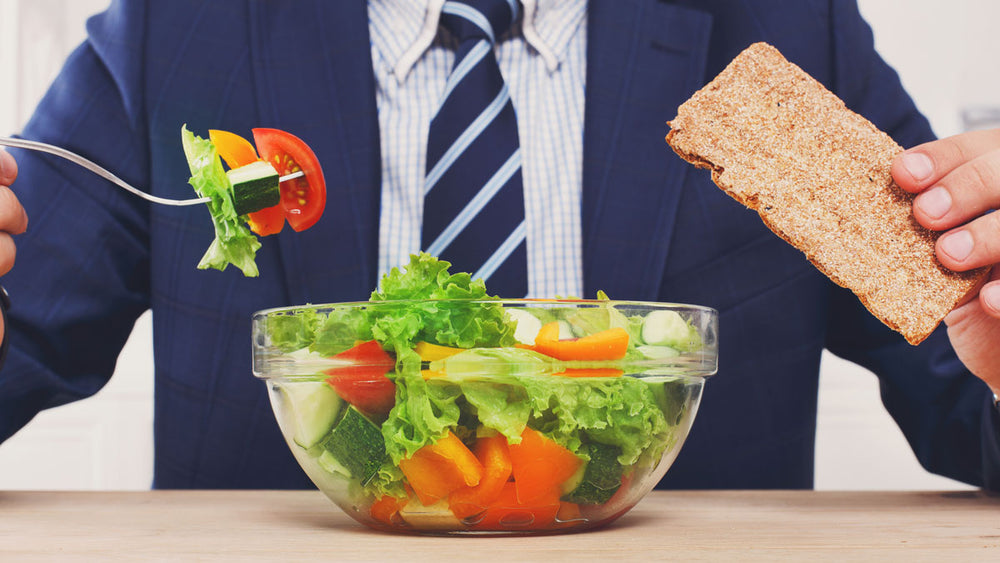
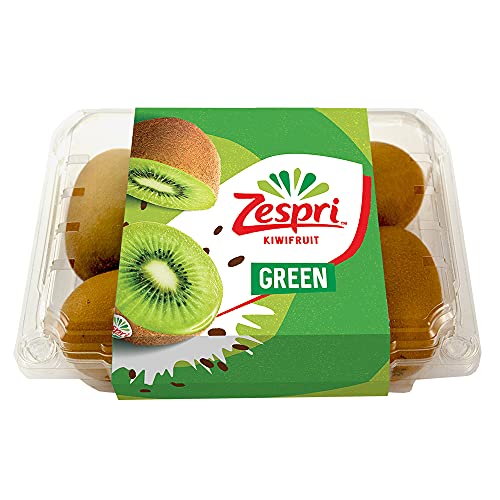
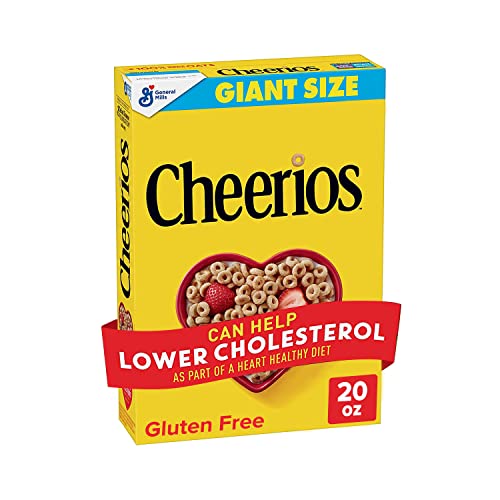
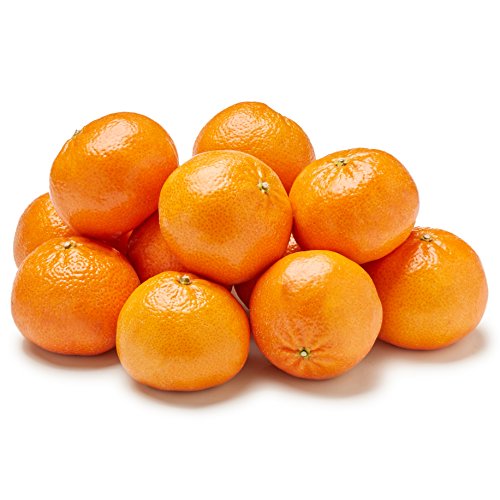

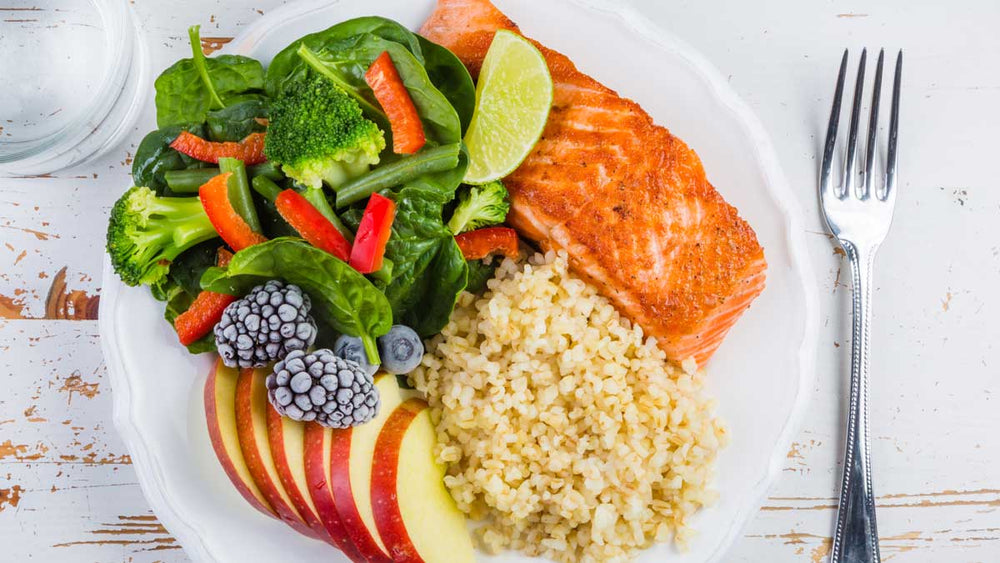












Comments
Join The Conversation...